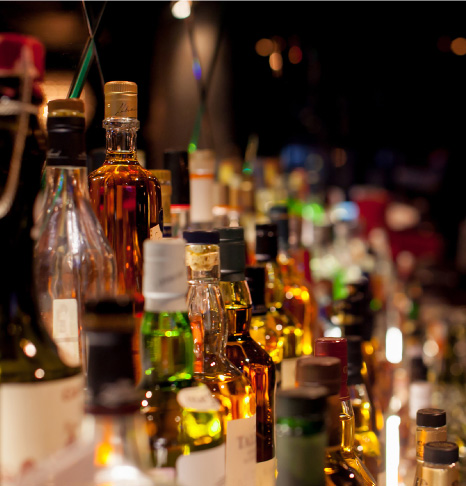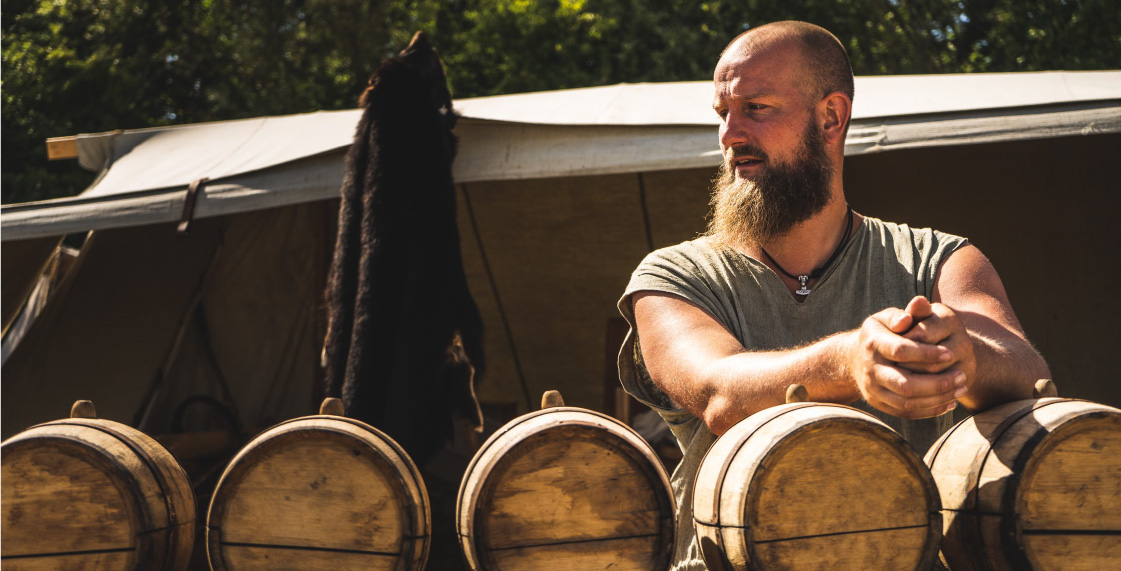Whisky: More Canadian Than Maple Syrup?
You might think it’s maple syrup, but you’d be wrong! Maple syrup is only produced in Eastern Canada. Canadian whisky, on the other hand, is produced right across the country
| Canadian Whisky embodies Canadian culture more than many people realize, and dates back to at least 1769 in Quebec City. In 1801, however, John Molson (of Molson Canadian Beer) produced the first commercially available whisky in Canada. At that time, rum and brandy were also both consumed and used for trading by North | American fur trappers who worked for the Hudson’s Bay Company or the North West Company. Those products evolved over time, and illegal “whisky” (an unfortunate concoction of distilled alcohol, chewing tobacco, molasses, ink, red pepper and even soap) was traded along the whisky trail between what is now Montana and Alberta |


The proliferation of whisky forts along that route resulted in the formation of the North West Mounted Police in 1870, three years after Canada became a confederation, primarily in order to control the illegal trading of the product. Regulation and control of whisky production forced the over 200 legitimate distilleries to legally produce a much better whisky. Some of these producers were originally farmers who would produce their own whisky from their own grain, year after year. Others were distillers like Gooderham & Worts, who established a milling operation and then in 1837 began using their grain from the mill to produce whisky. Their operation quickly expanded until at one point they produced 25% of all spirits sold in Canada and were the largest producers of whisky in the world. Other important distillers were Seagrams, in Waterloo, ON, and Hiram Walker, in Windsor, ON. Hiram Walker established a distillery in 1857 and discovered that by
aging it in barrels it would take on an amber hue and nicer taste. Concerned that American consumers were preferring this new type of whisky, the United States took protective measures against his brand by requiring foreign whisky to state its country of origin on the bottle, and Canadian Club was born.
Canada’s history is steeped in regulations, and the spirits industry is no exception. In 1890, Canada introduced a three-year minimum aging requirement in order to call its product whisky. Scotland, Ireland and the United States soon followed suit, leading to uniformity in the production process. Canadian Club became one of Canada’s largest exports. The Hiram Walker Distillery still exists today in Windsor, ON, and is one of the largest distilleries in North America.

Bootlegging, Prohibition
and the Temperance Movement.
Canadian liquor boards were formed after the Temperance Movement ended. Proponents of the Temperance Movement began advocating for the ban of alcohol sales during the 19th century. In 1901, Prince Edward Island became the first province to pass a law prohibiting alcohol sales and by 1915 alcoholic beverage sales and public consumption were prohibited in every province except for Quebec, which only prohibited sales of distilled products for a brief period during 1919.
The United States followed suit in 1920, leading to the growth of syndicate crime groups to supply market demand, which (not surprisingly) had not disappeared. Bans of liquor manufacturing, importing and sales were lifted across Canada during the 1920’s, and to placate the Temperance Movement proponents it was generally accepted that liquor sales would be controlled at the provincial level, through the establishment of liquor control boards. These boards continue to control the import and sales of
alcoholic beverages in most provinces today.
The ban on public sales did not include manufacturing and exports in the Province of Ontario. This loophole provided a market opportunity for organized crime groups in the United States, and was quickly exploited. Al Capone established a process of moving Canadian whisky across the border from Walkerville, ON to Detroit, and other bootleggers moved product from Halifax, NS to New York City on schooners. Canada’s whisky production flourished.
In 1933 the US repealed the federal ban on alcohol and sales were again normalized across most of North America. There were some exceptions, however. Prince Edward Island, the first Province to adopt a ban on alcohol, did not lift it again until 1948, and some municipalities across the continent maintain restrictions on alcohol sales within their constituencies even today.

